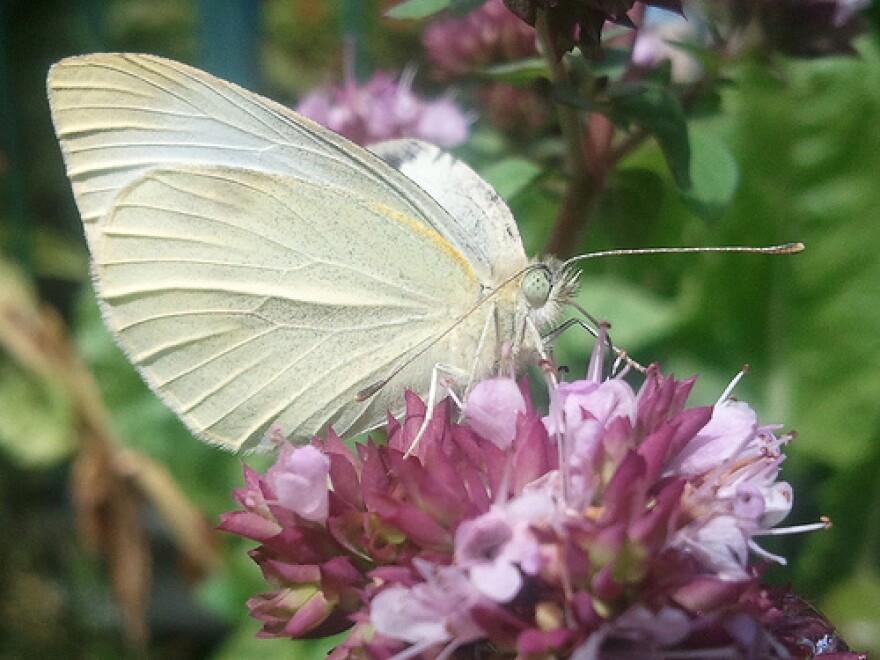Poor Will’s Almanack for the fifth week of Early Spring.
White cabbage butterflies are the surest sign of the beginning of the end of early spring. And once you notice the familiar white cabbage butterfly, then you know the more elusive mourning cloak butterflies and the question mark butterflies and the tortoise shell butterflies and the tiny blues are flying too.
When you see cabbage butterflies, then you know that gold finches are turning gold, and soon you may soon see ants working on the sidewalk.
If you see a cabbage butterfly, then you know that catfish have begun spring feeding and breeding. If you see a cabbage butterfly, then green bottle flies have hatched and termites are swarming, looking for new sweet wood to eat.
When cabbage butterflies are out, then soft sprouts of touch-me-nots have emerged in the wetlands and the branches of weeping willow trees are turning pale yellow-green as their buds expand. In the city, cornus mas shrubs produce golden blossoms, promising forsythia in the first week of middle spring.
If you see a white cabbage butterfly on your way to work, you can know that Middle Spring's hepatica and twinleaf are pushing out in the sanctuary of the woodlands. Toad trillium and Dutchman's britches are ready to open there, the entire spectrum of wildflowers surging to encounter April.
This is Bill Felker with Poor Will’s Almanack. I’ll be back again next week with notes for the sixth week of Early Spring. In the meantime, watch for the first white cabbage butterfly and imagine all the rest of spring coming right behind it.



